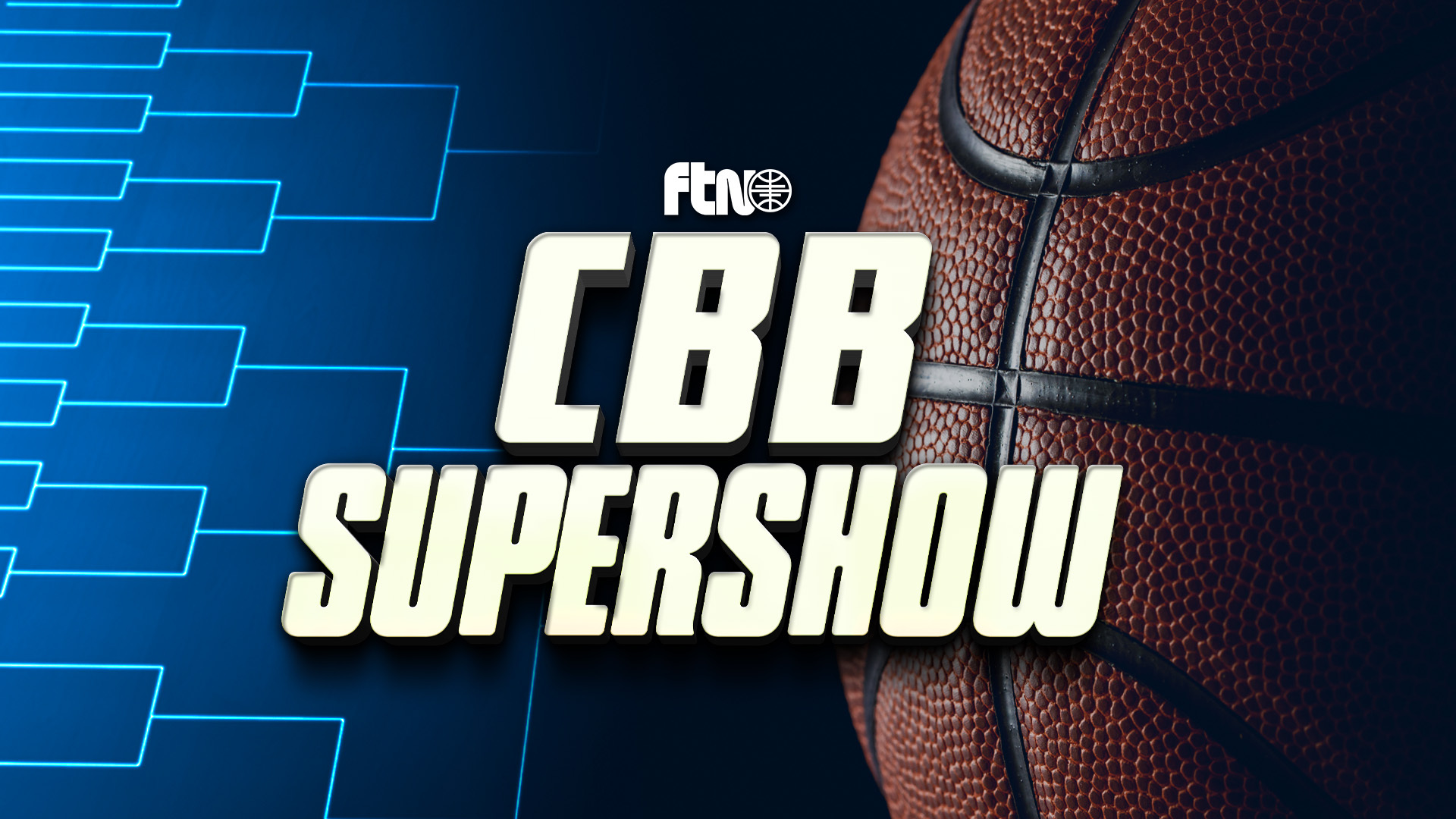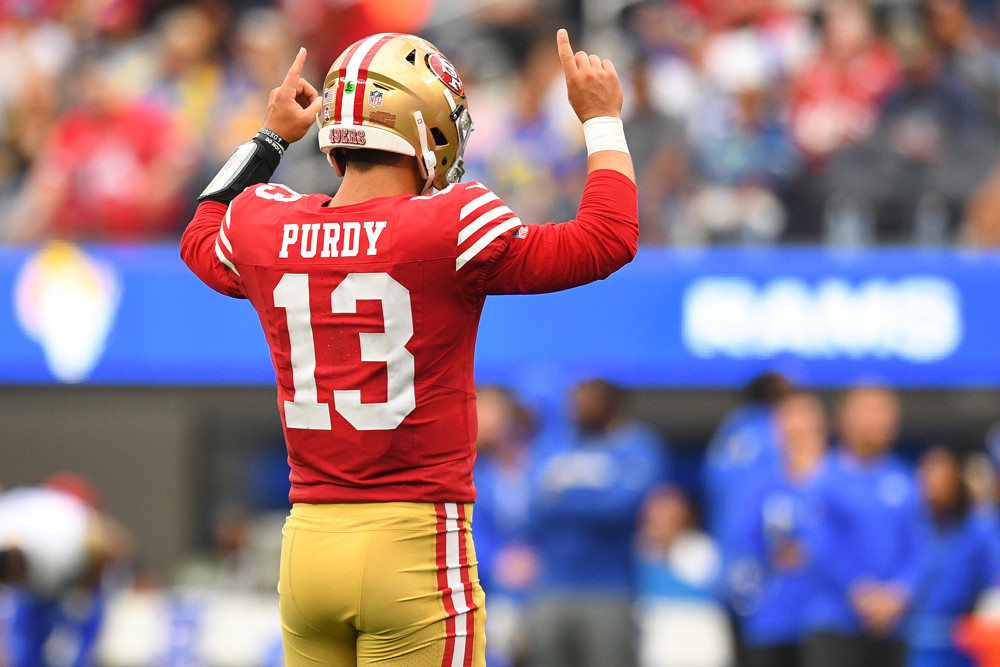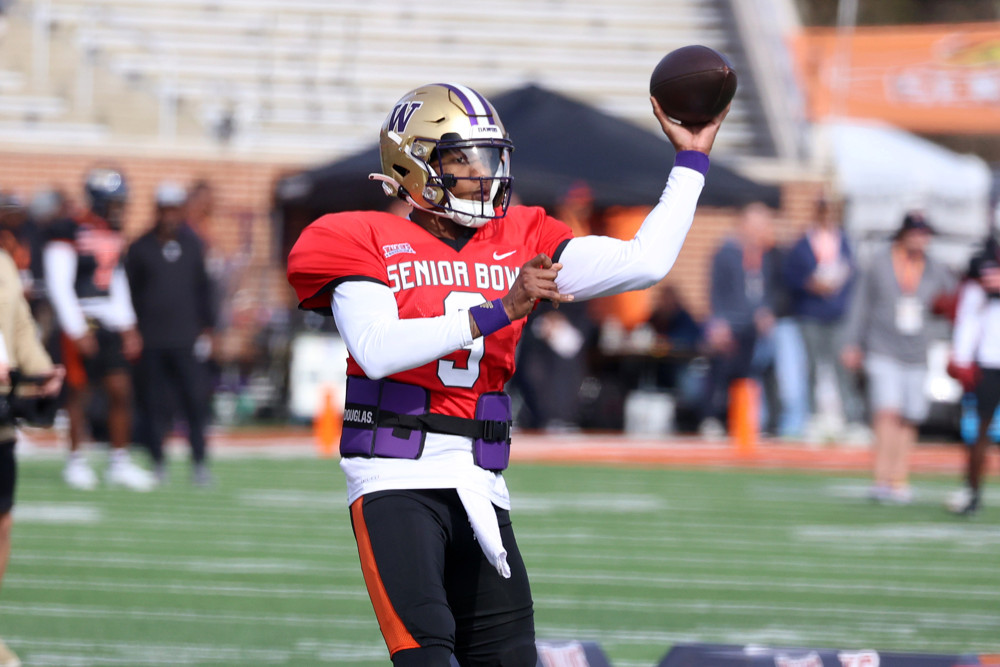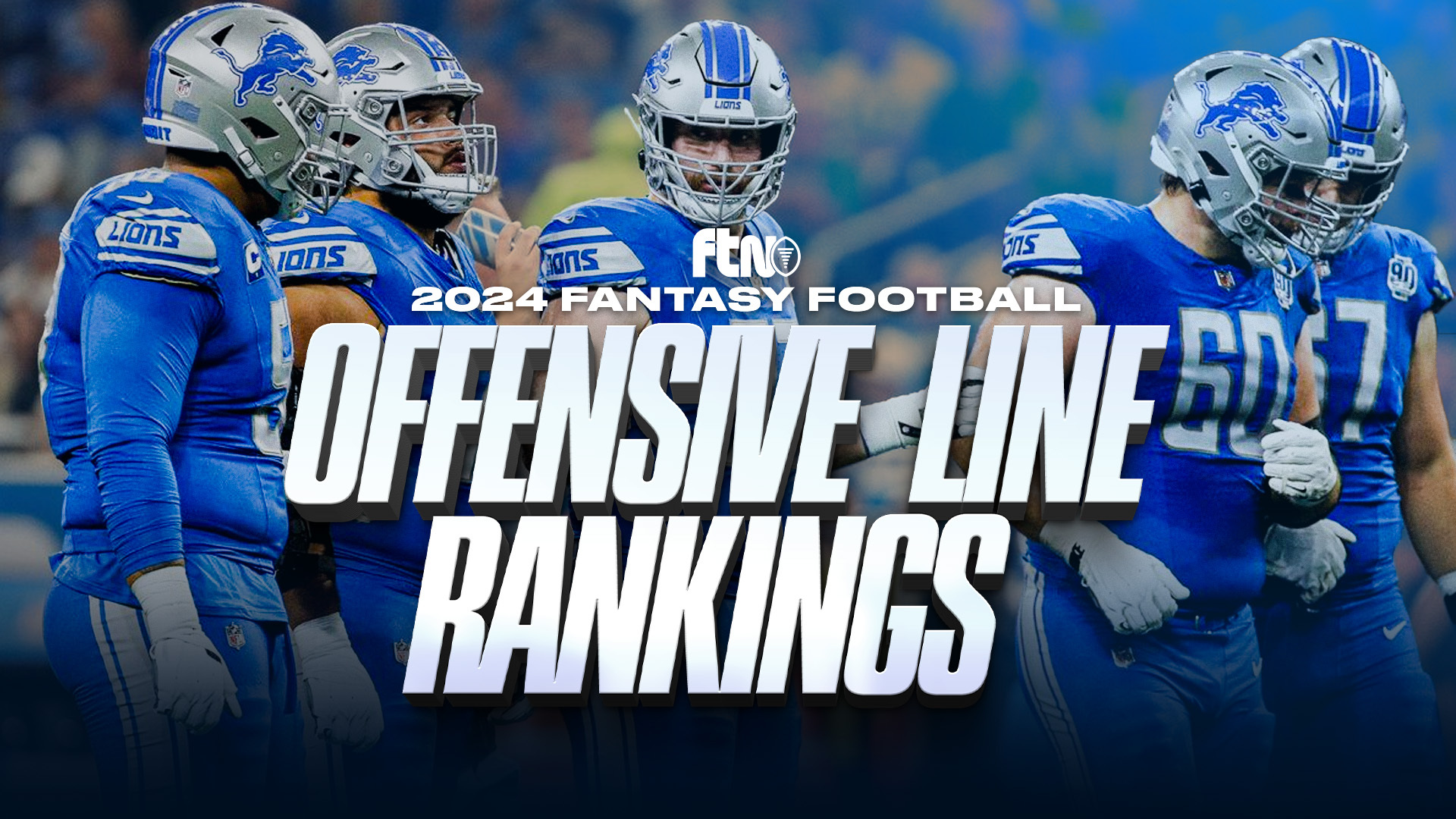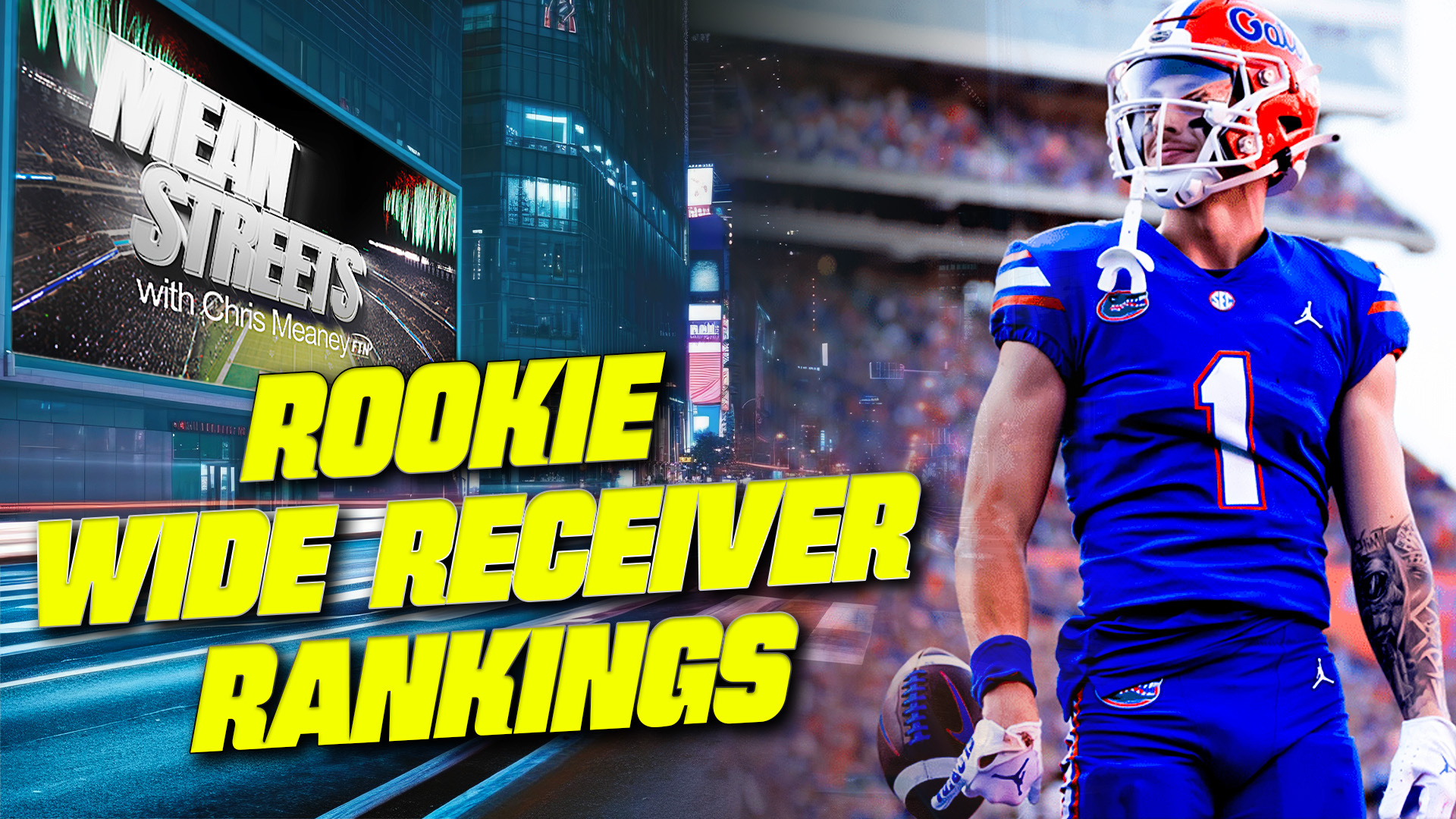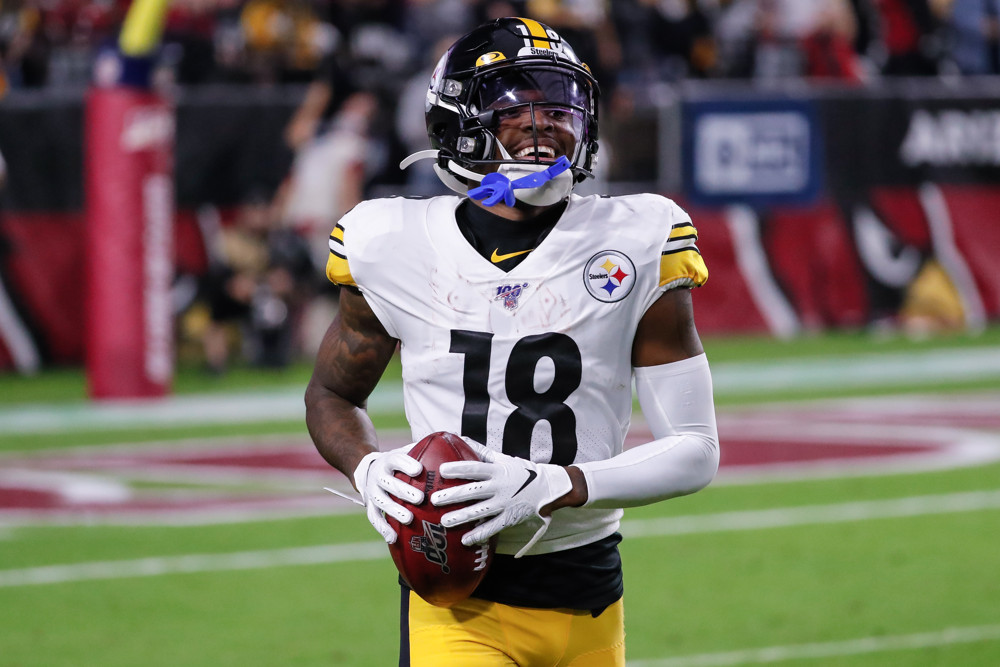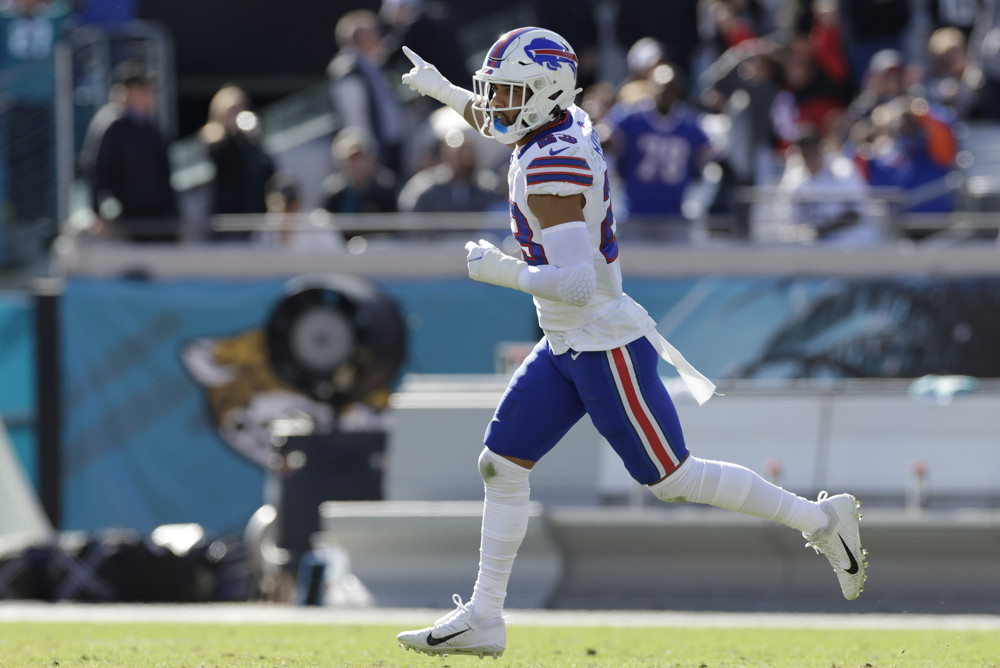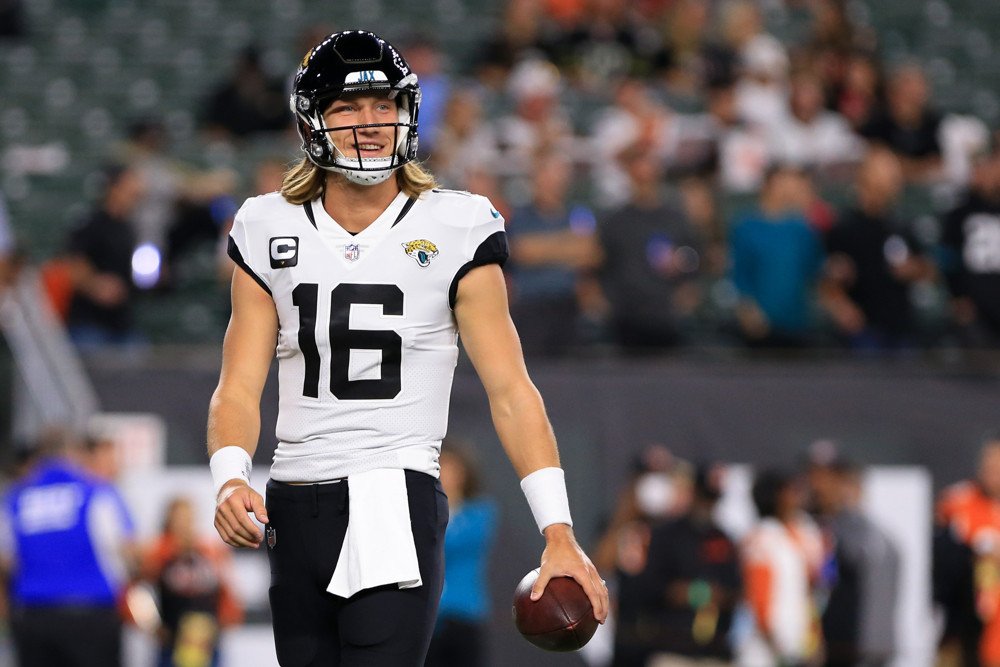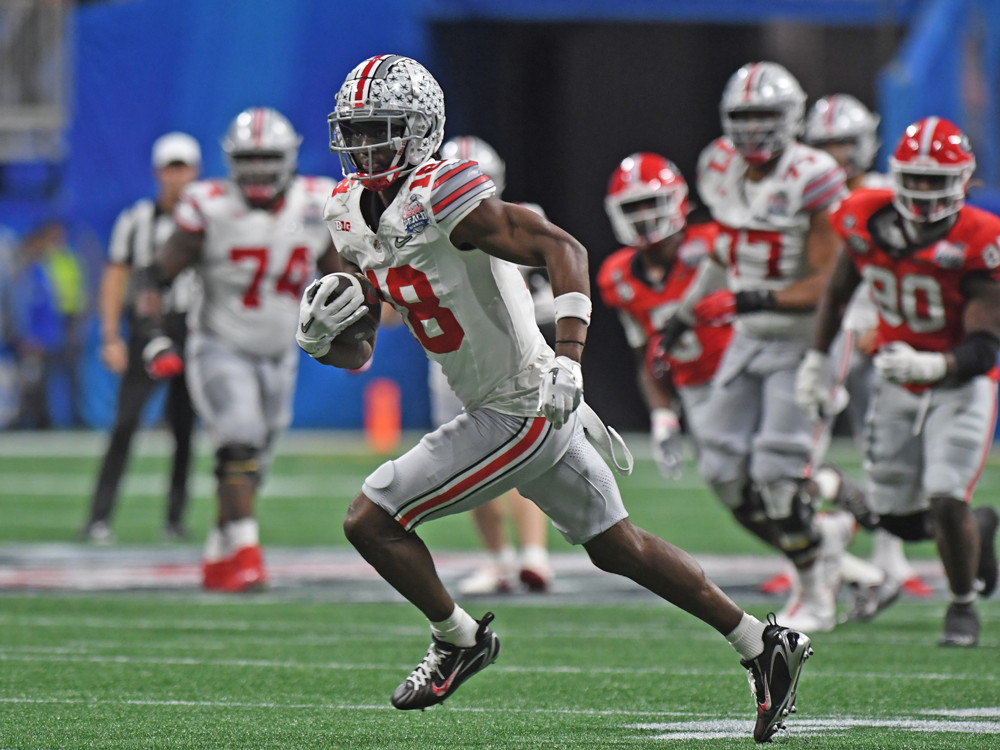
The 2021 Super Bowl champions are up next.
We just watched the Los Angeles Rams win the championship last season, as they continue to assemble one of the most loaded rosters in all of football. This year will be Sean McVay’s sixth season with the Rams, as he continues to add different elements to his offense that has been one of the most fantasy-friendly in all of football.
Los Angeles Rams Head Coach: Sean McVay
Rams HC since 2017
McVay has been the head coach of the Rams since 2017, and all he’s done is win a Super Bowl, make an additional Super Bowl appearance, construct one of the best offenses in the NFL and win a bunch of games. During his five seasons as the head coach in Los Angeles, the Rams have ranked top seven in points per game three different years. When McVay first joined the Rams, Los Angeles was a West Coast offense that heavily relied on the play-action passing game with Jared Goff, while Todd Gurley was used early and often in the wide-zone running scheme that McVay likes to deploy. Since then, a lot of the principles of McVay’s offense remain the same, but things have definitely been altered due to changes in personnel.
Play-action was a huge part of the Rams offense. In 2017, Goff sported the league’s second-highest play-action dropback percentage at 29.1%, while his 137 pass attempts off the play type were the fourth most in football. In 2018, the play-action rate climbed even higher to 35.8%, once again the second-highest rate in the league, while no quarterback attempted more passes off play-action (203). Goff has ranked top three in play-action pass attempts in every season he was alongside McVay in Los Angeles, while ranking top five in play-action dropback rate in all four of his seasons. From 2017-2020, the Rams ranked 23rd, 24th, 8th and 26th in passing play percentage, as the team leaned on Gurley and the ground game. Goff was a bit limited in what he could do in the Rams offense, and he’d often have McVay helping him pre-snap through the headset. The Rams used a lot of shorter routes, as 17% and 16% of Goff’s passes were crossing routes in 2019 and 2020, well above the league average during that span. And Gurley’s dominance led to the Rams leaning more on the run. However, things changed a little bit during the 2021 campaign.
Matthew Stafford had a lot to do with that.

Stafford joined the Rams last season, and with that, McVay made some adjustments to the offense. For the most part, Los Angeles was still a West Coast offense, but with Stafford able to do some things that Goff couldn’t, the Rams changed some things up. For starters, we saw way more passing and overall plays out of the shotgun formation last year than we had seen before Stafford. From 2018-2020, the Rams sported shotgun rates of 32%, 37% and 36%, but in the team’s first season with Stafford as the quarterback, that shotgun rate climbed to 48%. 473 of Stafford’s 601 attempts from last year (78.7%) came out of the shotgun formation. During Goff’s four seasons alongside McVay, just over 53% of his pass attempts came out of the formation, while the overall foundation of the offense was to throw out of play-action when under center. The Rams haven’t had anything close to prime Todd Gurley production over the years, while the backfield dealt with injuries last season. As a result, the Rams saw their play-action rate drop to 29% in 2021, while Stafford ranked just 14th in play-action dropbacks (149). His 24.8% play-action dropback rate ranked just 24th among qualified signal-callers. Just 8% of Stafford’s passes went to crossing routes, as he instead leaned heavily on go and out routes. The overall pass rate was much higher for the Rams, who ranked ninth in the NFL in neutral-script passing rate last season (60%), while Stafford averaged a healthy 35 pass attempts per game.
Of course, like I mentioned, not everything drastically changed from this offense. The screen game has been pretty evident in this offense over the years. From 2017-2020, Goff ranked 9th, 8th, 6th and 4th in pass attempts off screens, averaging 66 such attempts per year during that span. Meanwhile, in Stafford’s first year with the team, he was fifth in the league with 70 screen passing attempts. As for the running game, the Rams continued to favor the wide zone scheme, just like they did in the past. In 2018, the Rams ran wide zone over 200 times, while Gurley easily led all running backs with 193 rush attempts out of zone, which made up a whopping 75% of his total carries that year. This past season, the Rams had three different running backs see meaningful carries. Sony Michel ranked ninth in all of football with 134 rushes out of zone, while 107 of Darrell Henderson’s 149 rush attempts (72%) came out of the scheme. And then we saw Cam Akers return from his Achilles injury just in time for the playoffs. He became the Rams’ lead back during that time frame, and 54 of his 67 rushes in the postseason came out of zone. McVay has loved to use motion and pre-snap motion throughout his offense especially when running the football. Over the last two seasons, the Rams have hovered around a 49% motion rate, and last season they used pre-snap motion about 22% of the time, one of the highest rates in football. The presence of Robert Woods was a huge piece of this offense, as he would be sent in motion pre-snap to run the football at times, but mostly to keep defenses honest and get ready to block. Woods, in my opinion, is (and has been) the best run-blocking wideout in the game, and McVay knows that, which is why you’d see the Rams run a lot of outside zone with Woods in motion. The running back would follow Woods’ blocking to get to the second level of the defense. And Woods was also a legitimate part of the rushing attack, as he averaged 20 carries from 2018-2020 before his shortened 2021 campaign. With Woods now in Tennessee, it’ll be interesting to see if McVay continues to use his wide receivers in pre-snap motion and in the run-blocking game as much. My guess is yes, because it has been a huge staple of the offense, and Cooper Kupp is one of the better run-blocking wideouts in football, too.
Pace
Over the last three seasons, the Rams have been right above league average in terms of pace. During that span, Los Angeles has ranked 12th in average seconds per snap in neutral-game scripts (27.2 seconds), though they have been very comfortable running the offense without a huddle. In that same stretch and in the same split, the Rams have posted the third-highest no-huddle rate at 14.1%. They have even ranked top five in no-huddle rate in game environments where the Rams were leading by eight or more points (7.7%).
Personnel
Odds are if you are watching a Los Angeles Rams game, you will find them in 11 personnel (three wide receivers). In 2021, no team ran more out of 11 personnel than the Rams, at a whopping 86%. That rate is insanely high and is up from the team’s 2020 rate of 65%, which was a lot closer to the league average. However, the team has been over the 70% mark in three of the last four seasons and over 80% in two of those years. Los Angeles’ heavy use of 11 personnel is a key reason why Van Jefferson is a viable late-round wideout in fantasy, because he is going to play a good amount of snaps when healthy. It is also a huge reason why Rams running backs see so many favorable fronts. This past season, Henderson saw stacked boxes on just 12.7% of his attempts, the fourth-lowest rate in all of football.
Target Distribution
It turns out that breakfast really is the most important meal of the day.
The Matthew Stafford–Cooper Kupp connection started with breakfast in the morning and ended with a Super Bowl trophy. And in between? A million targets. Wide receivers handled a whopping 61.4% of the team’s targets last season, well above the league average rate of 55%. Of course, Kupp had everything to do with that, as Kupp easily led the league with 191 targets. He ranked first in receiving yards share (39%), reeptions share (35%) and target share (31%), while his 34% first-read target share was the third-highest rate in football. But even before last year’s historic season from Kupp, the Rams still targeted wideouts 58% of the time back in 2020 and 59% in 2019. Expect Kupp and Allen Robinson to dominate targets in Los Angeles this season.
Fantasy Football Takeaways
Matthew Stafford’s first season in Los Angeles was a memorable one. He won a championship and had a great statistical year, throwing 41 touchdowns and 17 interceptions, while passing for nearly 4,900 yards. Stafford finished as a top-seven quarterback in fantasy, though his QB11 finish on a points-per-game basis was a little underwhelming. Still, Stafford threw three or more touchdown passes in nine different games last season, as the Rams remained a pass-first offense, with Stafford averaging over 35 pass attempts per game. The efficiency was strong, as Stafford averaged 8.1 yards per attempt (3rd) and 8.6 air yards per attempt (6th), while his 36 highlight throws were the fifth most in the NFL. The lack of rushing upside caps his overall ceiling, but Stafford remains a top-12 fantasy signal-caller entering his second season with the Rams.
I’m not sure anyone expected Cam Akers to play at all last season, let alone as much as he did in the playoffs. He missed the regular season after suffering a torn Achilles in the offseason but returned for the Rams’ playoff run and was immediately the lead running back. When he came back, Darrell Henderson was dealing with an injury, so perhaps that played a role. But it was nice to see the Rams have faith in Akers, especially given the fact that it was the playoffs. Akers was not very efficient during the playoffs, rushing for just 172 yards on 67 carries, though he did force nine missed tackles during that stretch. During his tenure in Los Angeles, McVay has leaned on one running back. While the presence of Todd Gurley certainly helped with that, the Rams also mostly relied on one running back last year. When Henderson was healthy, he was playing 90% of the snaps and seeing 20 touches per game. And when he was out of the lineup, Sony Michel was in the same role. However, we have seen some reports that Akers and Henderson will both be involved in 2022. The lead back in the Rams offense has top-12 upside in fantasy football without question. And Akers could very much still have that role. However, the uncertainty makes him a high-risk, high-reward RB2 on draft day. Henderson, meanwhile, is an ideal Zero-RB candidate, especially if he’s getting borderline standalone work this season. We have already seen him post high-end RB2 numbers in this offense.

Cooper Kupp put together one of the most incredible seasons from a wide receiver ever, catching 145 balls for 1,947 yards and 16 touchdowns. That finished just 18 yards shy of Calvin Johnson’s single-season record (though he did play 17 games). His 145 catches were the second most in the history of the league, and if you were facing Kupp in fantasy, it was legitimately terrifying. Kupp averaged over 25 PPR points per game, while scoring at least 20 fantasy points in all but three games. He also recorded 100 receiving yards in 11-of-17 contests, as he and Stafford were on the same page throughout the entire season. Kupp easily led the league with 191 targets. He ranked first in receiving yards share (39%), reeptions share (35%) and target share (31%), while his 34% first-read target share was the third-highest rate in football. Anytime someone has a season as dominant as Kupp’s, regression is obviously on the horizon. But it won’t be close to enough to keep Kupp outside of the top-seven selections in fantasy drafts.
After a disastrous final season in Chicago, Allen Robinson is now in Los Angeles, where he will play Robert Woods’ role as the WR2 for the Rams. Robinson was awful last season, totaling just 38 receptions for 410 yards and a touchdown in 12 games, ranking outside the top 50 players in yards per route run and yards per target. Despite the poor season, I don’t believe Robinson suddenly can’t play football, and now he is playing with the best quarterback of his career. Before an ACL tear ended his season ahead of Week 10, Woods was WR12 in PPR formats, and on a per game basis, he was WR23. Robinson has grown accustomed to seeing elite volume during his years in Jacksonville and Chicago, and with the Rams, he won’t see anything close to that. However, he’ll have plenty of scoring opportunities in an elite offense, and in a pass-first system, Robinson should see enough volume to warrant low-end WR2/high-end WR3 production.
As long as he is healthy, Van Jefferson should be on the field a lot and easily operate as the Rams’ WR3. Because Los Angeles played more 11 personnel than any team in football a season ago, Jefferson logged over 80% of the offensive snaps and was the team’s downfield target. His 11.7 yards before the catch per reception were the sixth most in all of football last season, while also ranking 16th in average depth of target (13.5).
Tyler Higbee was also on the field at all times last season, as he logged over 81% of the snaps. He also ranked ninth among tight ends in routes run (497) and passing snaps (562). The production, however, was middling, as Higbee finished as TE14 in fantasy and was really inconsistent. Among the late-round tight ends, you’d be hard-pressed to find many players with a better combination of routes and elite offense than Higbee, but I still view him as more of a TE2.
Defensive Coordinator: Raheem Morris
Rams DC since 2021
With Brandon Staley joining the Chargers last season, the Rams added Morris as the team’s defensive coordinator. In his first season with the team, Morris implemented a lot more zone coverage, as the Rams played zone over 70% of the time, one of the highest rates in the league. As a result, the man coverage rate went way down, and I loved the way that Jalen Ramsey was utilized in this defense. Rather than having Ramsey follow opposing offenses’ top wideouts on a weekly basis, the Rams played Ramsey all over the formation, whether it was inside, outside or blitzing. He played a lot of zone coverage (fifth-most snaps) and almost acted as a third safety on this defense, which made the Rams really, really tough to throw on, especially when you consider all of the pressure that Aaron Donald and Von Miller were generating. The Rams pass defense is going to remain incredibly tough, as only the Bills allowed a lower passing touchdown rate a season ago (2.7%).

















